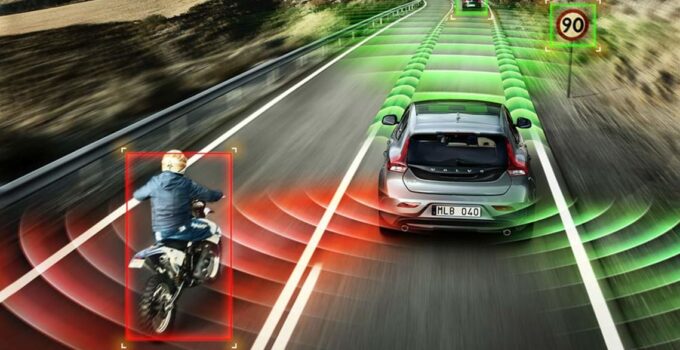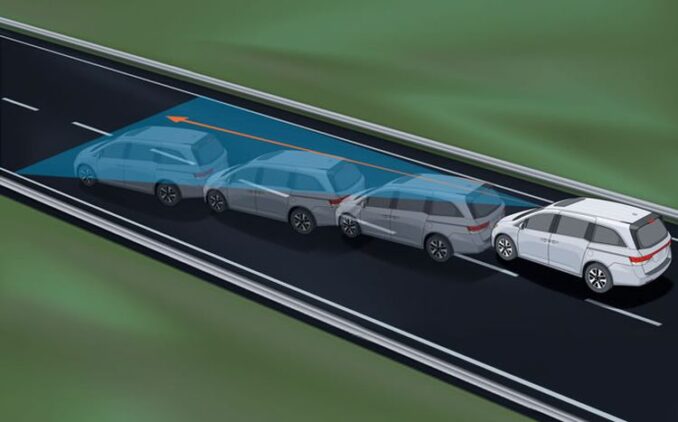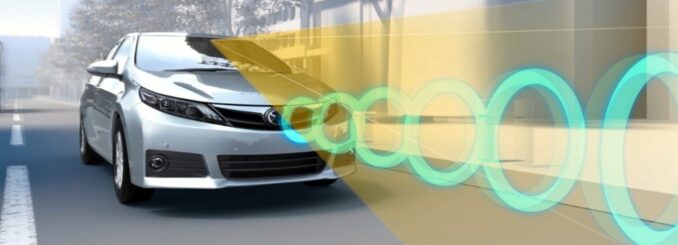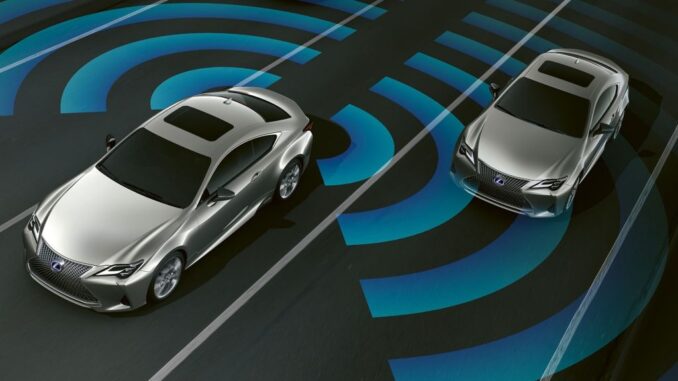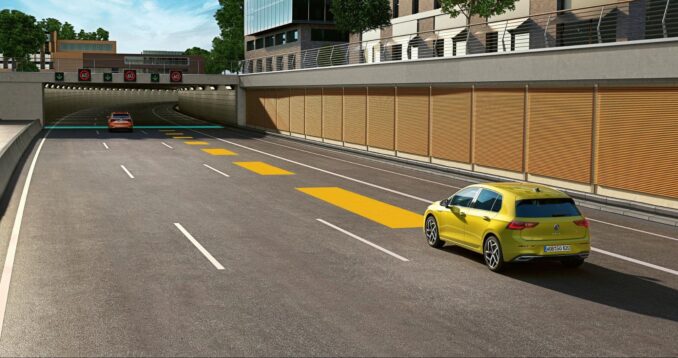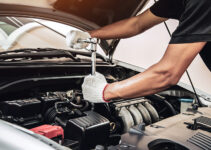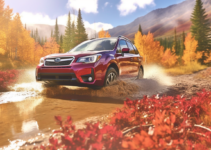Fancy names and abbreviations – but what do they really do?
Modern cars can do all sorts of wonderful things besides just get you from point A to point B. Gone are the days where vehicles were simply appliances meant to move people around, and with so many of us spending large chunks of our time in our cars every day, there’s a reason why manufacturers are making them more luxurious, safe, and technologically advanced than ever before. Take the Audi A4 sedan discussed here, for example: a luxury sedan ideal for shuttling the household around while looking classy, and laden with enough equipment to earn a top safety rating with the NHTSA and a Top Safety Pick award with the IIHS. But, if you were to look at the spec sheet, would you know what all that stuff actually does to keep you safe?
Here is a breakdown of the seven best driver aids and safety elements found on most new cars, and what they actually do to prevent you and your loved ones from getting injured.
Lane Departure Warning
Features that are more common nowadays, lane departure warning and lane-keep assist are slightly different in practice but have the same aim: to ensure you stay in your lane. While lane-departure warning will emit a sound, shake your seat or even vibrate the steering wheel, or flash visual cues to get your attention if you are crossing the lines or barriers, the latter actively steers the car back onto the right track if you do drift. This is done by cameras positioned on the exterior of the automobile that detect the lane lines. These are both useful, especially on long road trips where a drowsy driver may inadvertently wander across the median or slip into the oncoming traffic.
Forward Collision Alert
Often found in conjunction with automatic braking mentioned below, Forward Collision Alert is there to alert you to a potential hazard in the pathway ahead, so that you can swerve, brake, or avoid it in time. Scanning the road ahead via sensors that are camera or radar-based, the system is designed to alert you with audio or visual cues – sometimes haptic feedback or even a series of quick brake pulses – to the danger ahead. If combined with the braking feature, the car will automatically come to a stop if you do not respond in time. Some brands have added to this with the ability to specifically detect pedestrians and animals, too.
Automatic Emergency Braking (AEB)
Making use of cameras to track the road ahead, this system will apply braking pressure to stop the car if it senses a hazardous obstacle and the driver does not respond in time. And, while some who may not be accustomed to it have noted it is too sensitive and slams on the brakes too readily, statistics have shown that rear-end collisions in the USA have dropped by 50% on vehicles with the technology, proving it’s worth in preventing accidents. When it comes to accidents on road, here is mainorwirth.com which can help you.
Blind-spot Monitoring
Nowadays, this is a feature you can now find on most new purchases, even on the base model. It serves as a clever automation of how we as drivers are taught to check our blind spots before executing any lane changes or sudden movements. What this does is to pick up on any cars or objects in close proximity that you may not be able to see yourself – it can also detect when a vehicle is approaching from behind you. In most cases, amber lights integrated into the exterior side mirrors will illuminate on the relevant side to warn the driver.
Rear Cross-Traffic Alert
Working on the same principle as the features mentioned so far, this is a warning system that will alert you to traffic, objects, or even pedestrians approaching behind the car when you’re set to head out in reverse. It’s a fairly common incident in parking lots and driveways to back out of space and not be able to see someone approaching or passing by, and it follows that a fender bender is a result when you can’t brake in time. This warning is triggered in time to help you prevent such an incident.
Adaptive Cruise Control
Standard cruise control is the tech on your vehicle that allows it to maintain a set speed on its own, without the driver needing to input any acceleration via the pedals. Adaptive cruise control has taken this one step further, and using the same road-scanning equipment, is able to detect the speed of the vehicle directly ahead of you, and maintain a safe following distance behind it by automatically speeding up or slowing down within parameters set by the driver. Very often, this system will also brake firmly and pre-tighten seatbelts if it senses a potential collision. While this is superb for those long-distance road trips and lengthy highway commutes, it is less useful in highly congested traffic.
Traffic Sign Recognition
As the name implies, this is the machine you’re driving actually being able to identify traffic signs and display them to you for ease of reference, usually on the instrument cluster. A forward-facing camera does the work, and by identifying signs you may have missed due to being distracted by traffic conditions or other road users, or even by your passengers, it helps you keep tabs on speed limits and other relevant warnings. With such advanced abilities, one has to wonder when this will be further expanded and allow the car to make judgments on increasing or decreasing speed as per the signage and legal limits, but this is encroaching on autonomous driving, which – in terms of fully autonomous vehicles – is still a few years away.
Check out natrad.com.au for more information on radiator servicing.


